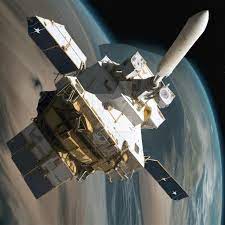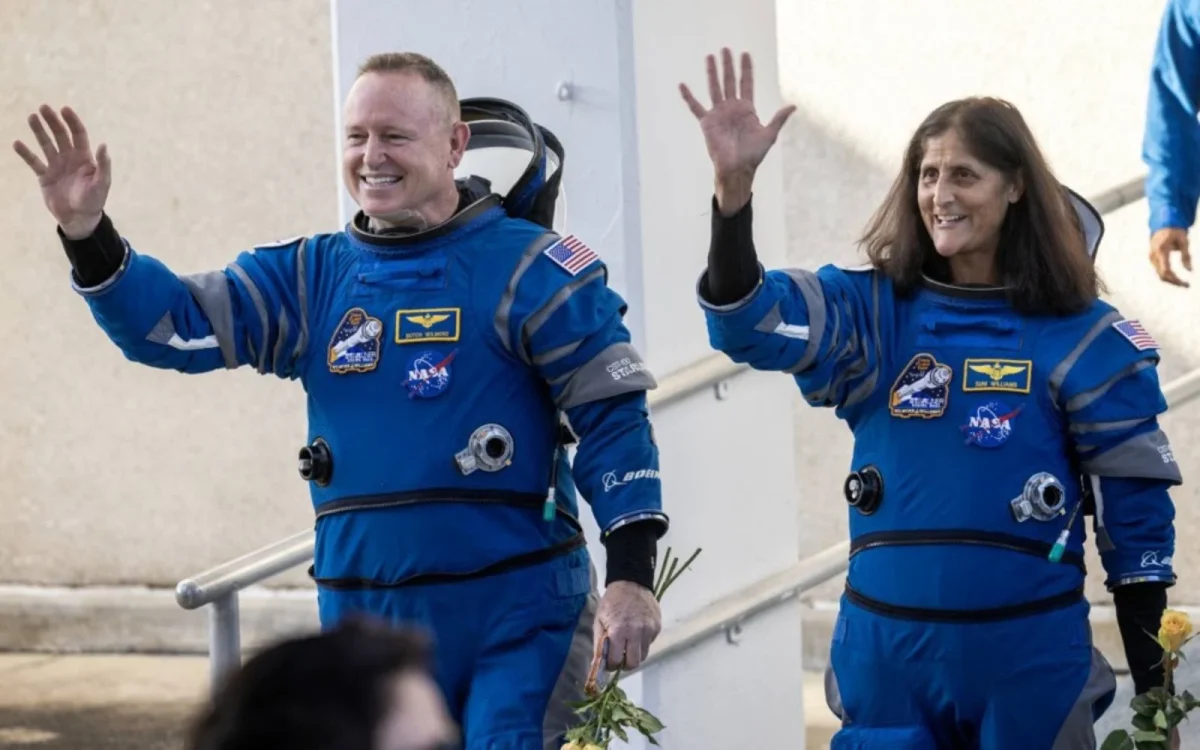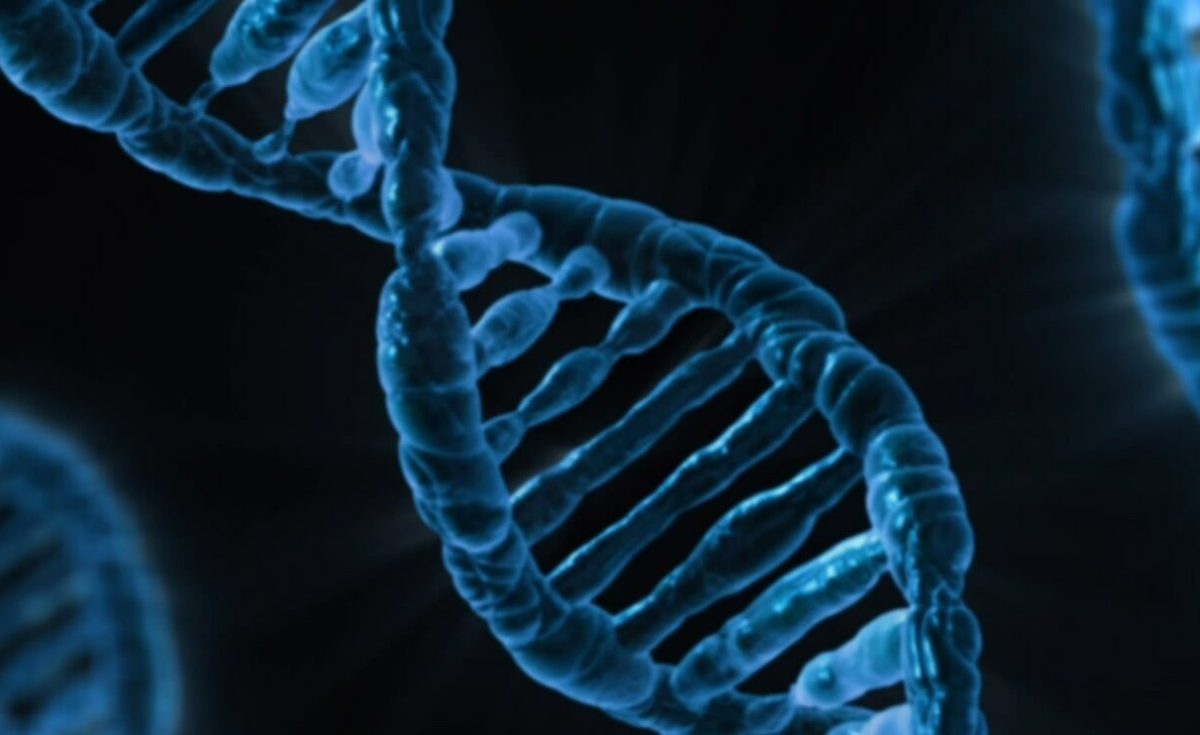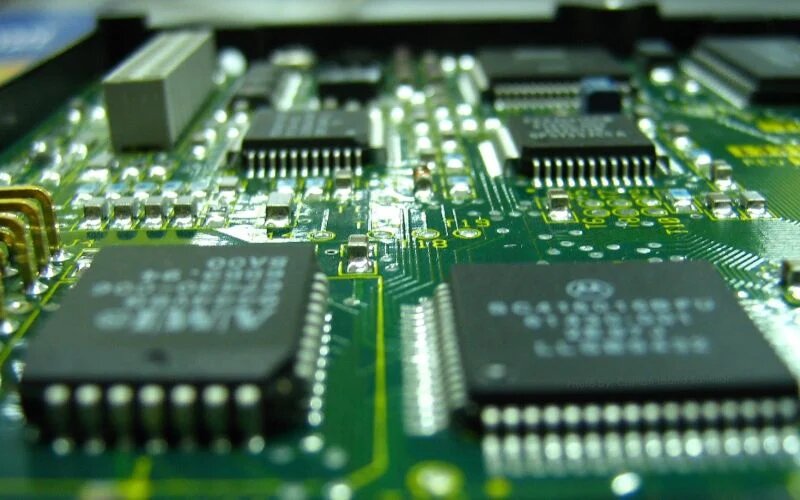Since its launch in 1977, Voyager 1 has embarked on an extraordinary journey through the cosmos, marking numerous milestones in space exploration. However, in November 2023, this spaceship encountered a communication error, halting the data transmissions. This caused NASA engineers to restlessly make efforts to resolve the issue.
Initially designed for a five-year mission to explore Jupiter and Saturn, Voyager 1 defied expectations by continuing its exploration beyond the confines of the solar system. In August 2012, it achieved the historic feat of crossing into interstellar space, becoming humanity’s first spaceship to reach the stars.
The recent setback was detected by NASA’s Jet Propulsion Laboratory (JPL). Despite the interruption, Voyager 1 remained operational, continuing to execute demands while leaving the scientists on Earth in the dark.
The investigation into Voyager 1’s communication lapse revealed a fault within one of its three onboard computers, specifically the Flight Data Subsystem (FDS), responsible for putting together scientific and engineering data for transmission. The malfunctioning component, a single chip within the FDS memory, posed a challenge for the engineering team.
NASA’s scientists explained that “To solve the issue, NASA’s Jet Propulsion Laboratory (JPL) in California located the issue in one of the computers on the craft, known as the flight data subsystem (FDS). This computer assembles data for transmission to Earth.”
To address the issue, engineers devised an innovative solution: relocating the corrupted code to alternative storage locations within the spacecraft’s limited memory capacity. This intricate task required meticulous planning and precise execution, considering the technicalities aboard Voyager 1.
After months of troubleshooting and remote reprogramming, NASA’s ground team eagerly awaited confirmation of their efforts. On April 20, 2024, Voyager 1 officially resumed its transmission of usable data, providing vital insights into the spacecraft’s health and status.
NASA scientists were back online after uploading new flight software to work around a portion of onboard computer memory that had failed. They’re now receiving data about the spacecraft’s health and hope to hear from its science instruments again in a few weeks, as said by Suzanne Dodd, the mission’s project manager at NASA’s Jet Propulsion Laboratory.
The events at JPL mirrored the relief and excitement felt by the mission team as they witnessed the successful restoration of communication with Voyager 1. Despite the immense distance separating themselves from the spacecraft (roughly 15 billion miles), the signal’s arrival marked a triumphant moment for space exploration.
Dodd continues to say that,“The spacecraft is really remarkable in its longevity. It’s incredible. We want to keep Voyager going as long as possible so we have this time record of these changes.”
Since that time, Dodd reveals that the scientific team has made several unexpected discoveries. One revelation is the potential asymmetrical shape of the heliosphere, previously perceived as spherical, now hypothesized to have one or two tails, resembling either a comet or a croissant.
Furthermore, Voyager’s contributions have reshaped scientists’ understanding of the solar system. Contrary to previous assumptions, discoveries suggest that the sun’s magnetic field and charged particles continue to exert influence beyond the heliopause, as noted by David McComas, an astrophysicist from Princeton University not associated with the project.
With communication restored, NASA now sets its sights on reactivating Voyager 1’s scientific instruments to resume data collection. While challenges remain, including adapting the spacecraft’s aging systems to fulfill its mission objectives, it is expected that the engineering team will continue showcasing reliance for continued discoveries.







